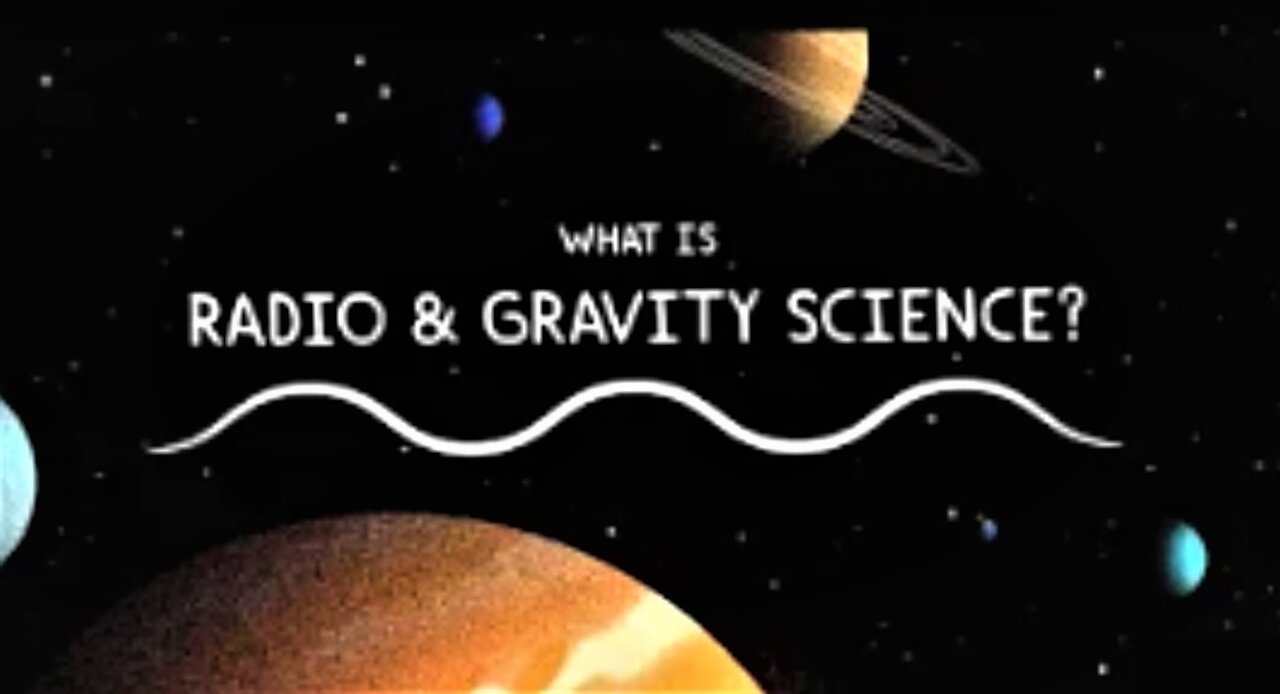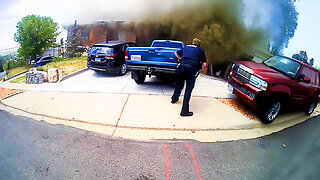Premium Only Content

How NASA Uses Gravity and Radio Waves to Study Planets and Moons
The Deep Space Network, NASA’s international collection of giant radio antennas used to communicate with spacecraft at the Moon and beyond, helps scientists and engineers use gravity and radio science experiments to learn more about our planetary neighborhood.
After reaching a spacecraft reaches its destination, it uses radio antennas to communicate with the Deep Space Network, which in turn transmits radio signals back to the spacecraft. Every spacecraft travels in a predetermined path emitting radio signals as it orbits around its target. Scientists and engineers can infer the spacecraft's location and how fast it's going by measuring changes in the spacecraft's radio signal frequency. This is made possible by the Doppler effect, the same phenomenon that causes a siren to sound different as it travels towards and away from you.
The Doppler phenomenon is observed here when the spacecraft and the Deep Space Network antenna move in relation to each other. Differences between the frequency of radio signals sent by the spacecraft as it orbits and signals received on Earth give us details about the gravitational field of a planetary body. For example, if the gravity is slightly stronger, the spacecraft will accelerate slightly more. If gravity is slightly weaker, the spacecraft will accelerate slightly less. By developing a model of the planetary body's gravitational field, which can be mapped as a gravitational shape, scientists and researchers can deduce information about its internal structure.
The Deep Space Network was developed by and is managed by NASA’s Jet Propulsion Laboratory (JPL) in Southern California. The antennas of the Deep Space Network are the indispensable link to robotic explorers venturing beyond Earth. They provide the crucial connection for commanding our spacecraft and receiving never-before-seen images and scientific information on Earth, propelling our understanding of the universe, our solar system and ultimately, our place within it.
JPL manages the Deep Space Network for the Space Communications and Navigation (SCaN) Program, based at NASA Headquarters within the Space Operations Mission Directorate.
Learn more about the DSN at go.nasa.gov/about-dsn
Learn more about the DSN and the Doppler Shift at
• How Do We Know Where Faraway Spacecra...
Credit: NASA/JPL-Caltech
-
 LIVE
LIVE
LFA TV
10 hours agoLIVE & BREAKING NEWS! | TUESDAY 11/18/25
6,664 watching -
 LIVE
LIVE
Game On!
18 hours agoCollege Football Week 13 Playoff Predictions And BEST BETS!
196 watching -
 37:29
37:29
Link to the Light
12 hours agoThe Greatest Month in Video Game History
18.1K1 -
 LIVE
LIVE
LIVE WITH CHRIS'WORLD
10 hours agoTHE WAKE UP CALL - 11/18/2025 - Episode 8
267 watching -
 LIVE
LIVE
BEK TV
22 hours agoTrent Loos in the Morning - 11/18/2025
343 watching -
 5:58
5:58
DropItLikeItsScott
20 hours agoThe BRIGHTEST EDC Flashlight? NITECORE EDC37
271 -
 LIVE
LIVE
The Bubba Army
21 hours ago$2000 TARIFF WINDFALL - Bubba the Love Sponge® Show | 11/18/25
2,726 watching -
 14:53
14:53
Code Blue Cam
2 days agoStranger At the Door Leaves Family Absolutely Terrified
26K13 -
 9:06
9:06
TheSaltyCracker
1 day agoWorld's Most Annoying Streamer Gets Arrested on Drug Charges Live
75.3K203 -
 28:44
28:44
itsSeanDaniel
1 day agoCNN Host STUNNED as MAGA Outcast REFUSES to Trash Trump
22.7K15